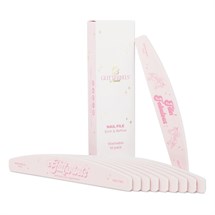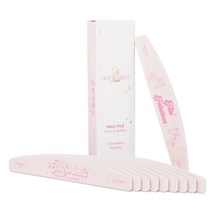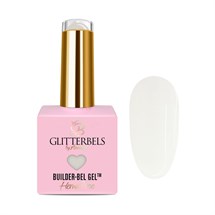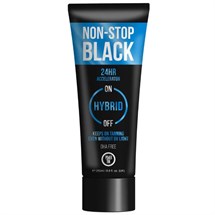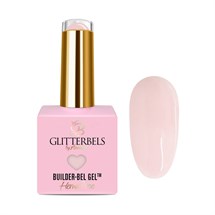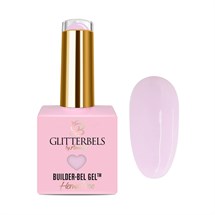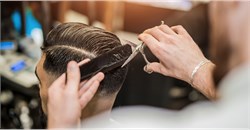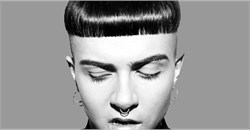Menu

A brief history of barbering - Blood, bandages and barber poles
Barbering is becoming increasingly popular with retro revival, the growing popularity of the beard, and a wide variety of haircuts on offer for men. But have you ever wondered what barbershops were actually like years ago, or even where the barber pole came from?
There are several different interpretations for the colours of the barber pole; most of them surrounding the subject of blood. Why blood I hear you ask? Historically, barbers used to be dentists and surgeons, well practiced in the art of bloodletting (an ancient system of medicine in which blood would be withdrawn from the patient’s body to prevent illness and disease). Yuk! This happened from 1096 up until as late as 1745 when George II passed several acts to separate surgeons from barbers.

By the end of the 18th Century, most barbers had given up their rights to perform surgery, except in small towns where surgeons were not available. They lost their status and became labourers, fashioning wigs in the 18th and 19th Century, while their shops became shady hangouts. If barbers had once been popular for being administers of therapeutic medicine, they were certainly made unpopular by the appearance of Sweeney Todd. It looked like the end of the barber profession.
However, the art of barbering was revived in 1893 when AB Moler established a school for barbers in Chicago. Barbers began to thrive again during World War II, when short hair was the trend, and in 1959 Edmond Roffler developed the Roffler Sculptur-Kut technique, which now has over 6,000 followers.
So where does the barber pole come into it?
The history of the barber pole is intertwined with the history of barbers and their bloodletting practices. Patients would grasp a rod or staff tightly so that their veins would show, and the barbers would cut open their arms and bleed them until they fainted (nasty but true). Later, when leech therapy became popular, as they allowed for more controlled bleeding, the leeches were applied directly to the vein areas. After the procedure, the washed bandages were hung outside on a pole to dry, and to advertise the ghastly therapeutic specialities offered in the barbershop. Flapping in the wind, the long strips of bandages would twist around the pole in the spiral pattern we now associate with barbers.
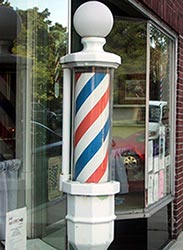
This early barber pole was simply a wooden post topped by a brass leech basin. One source speculates that the poles were painted red to mask the bloodstains. Later, the basin was replaced by a ball and painted poles of red and white spirals took the place of the less tasteful pole with the bloodstained bandages, and these poles became permanent outdoor fixtures. After the formation of the United Barber Surgeon's Company in England, barbers were required to display blue and white poles, and surgeons, red ones. In America, however, the barber poles were painted red, white and blue to reflect the colours of the American flag.
To sum up, there are a few speculations as to the colours of the barber pole. One is that red represented blood and white the bandages. Another interpretation is that red and blue respectively stood for arterial and venous blood, and white was still for the bandages. A third suggests that the spiral pattern represents a white bandage wrapped around a bloody arm. The ball, of course, represents the basin of leeches as well as the blood-collection bowl.
Today's barbers more commonly use the updated combination of blue, white and red striped poles as an emblem of their profession. Thankfully, they no longer cut people's arms, by the way.
For more information: http://www.bbc.co.uk/dna/place-london/plain/A896664
Freelance Focus
Freelance Focus, is a one stop resource for anyone working as a freelancer or thinking of going freelance in the hair & beauty industry, which includes a FREE downloadable guide filled with advice, useful insights, experiences and tips (from experienced freelancers) to help you understand the steps needed to make the right choices for you.
New & Trending
NEW
Delivery
Collection
Please login to your account to check stock in your local store.
NEW
Delivery
Collection
Please login to your account to check stock in your local store.
NEW
NEW
Delivery
Collection
Please login to your account to check stock in your local store.
NEW
Delivery
Collection
Please login to your account to check stock in your local store.
NEW
Delivery
Collection
Please login to your account to check stock in your local store.
OFFER
NEW
Delivery
Collection
Please login to your account to check stock in your local store.
SAVE 20%
NEW
Delivery
Collection
Please login to your account to check stock in your local store.
NEW
Delivery
Collection
Please login to your account to check stock in your local store.
NEW
Delivery
Collection
Please login to your account to check stock in your local store.
Back to Posts
Tags
- 2024
- acne
- apps
- autumn
- awards
- balayage
- beauty
- beautypro
- blonde
- bridal
- brows
- business
- capital & me
- career
- celebrities
- christmas
- chrome
- clean
- collection
- colour
- covid-19
- curls
- facial
- fashion
- festival
- finance
- freelance
- gel
- gellux
- get the look
- glam
- hair
- hairdressing
- halloween
- how to
- hygiene
- indola
- inspiration
- interview
- keratin
- keune
- l’oréal
- lashes
- lip art
- lockdown
- l'oreal
- loyalty
- macadamia
- make up
- manicure
- marketing
- mens
- mental health
- mobile
- nail art
- nail inspiration
- nail trends
- nails
- new years
- nxt
- olaplex
- opi
- party
- pulp riot
- redken
- retail
- salon
- salon management
- salon system
- schwarzkopf
- self-employed
- shampoo
- skills
- skincare
- social media
- spa
- spring
- step by step
- summer
- tanning
- the met gala
- tigi
- tiktok
- tips & advice
- toning
- training
- trends
- trevor sorbie
- tutorial
- updo
- valentines
- volume
- wahl
- waxing
- wella
- wellbeing
- winter
Latest Posts
- Butter Yellow Is the Colour of the Season
- Vitamino Color Spectrum - Lock In Your Day 1 Colour Vibrancy For Up To 100 Days*
- Week in My Shoes: A Day in the Life of Craig Purves
- Embracing Grey: Expert Tips on Perfecting the Grey Hair Blend Trend
- How to Raise Beauty Prices Without Losing Clients
- Billie Eilish’s Jellyfish Haircut: The Trend Taking Over Salons
- Increase Your Profit - Adding Shinefinity Top Glaze to Every Look
- Top Hair and Beauty Moments from This Year’s Oscars!
- What is Lived-in Blonde and how do I create this for my clients in salon?
- Who Made Waves on the Red Carpet at the Grammys?
Related Posts
Keeping It Clean: Essential Barber Shop Sanitisation Tips
In today’s barbering world, sanitisation is more critical than ever.View essential tips on barber shop sanitisation.
Full Speed: Men's Hair Trends 2021
Demand has never been higher as men across the globe are experimenting with longer lengths, but also want a professional touch once more. Here, Jonathan Andrew, Fudge Professional Global Brand Ambassador and Jim Shaw of Toni & Guy Billericay break down the top men’s trends.
One for the boys
British Hairdressing nominee Craig Chapman gives us his men’s predictions for 2017.
All about the men
For our Autumn magazine we’re talking to barbers about men’s grooming trends and tips – here’s a sneak peek at what Pont Smith, Director at Blue Tit Academy has to say.
Father's Day marketing ideas for your salon
Read our guide to help your salon have ‘the daddy’ of all Father’s Days by reaching a new market, promoting your treatments for men and turning gift sales into regular clients.
More for men
A sneak peek at a story in our summer magazine, featuring men’s hair experts Simon Shaw of Wahl, Chris Foster and Ky’Cut Wilson.
How I did it - Chris Foster
We talk to Chris Foster, a master barber and creative director with over 20 years experience in the business.


